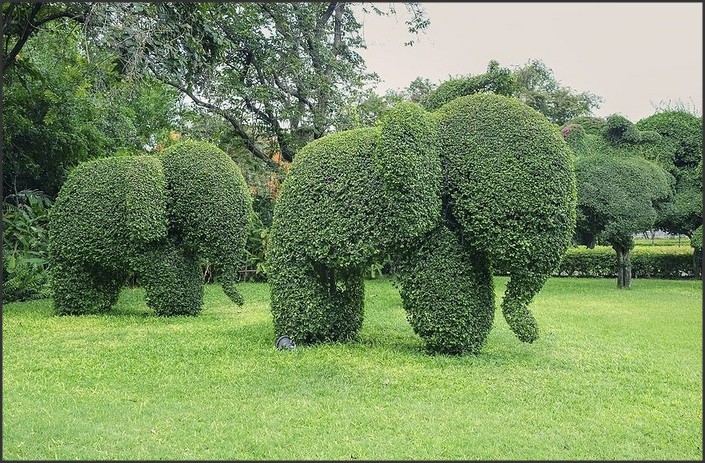Topiary Trends: Crafting a Moss Topiary

Source : https://miro.medium.com
Topiary Trends: Crafting a Moss Topiary is a comprehensive guide that provides detailed insights into the art of creating moss topiaries. This guide explores the latest trends in topiary, a horticultural practice that involves training perennial plants into clearly defined shapes, typically geometric or fanciful. The focus is on moss topiary, a popular choice due to its low maintenance requirements and aesthetic appeal. The guide covers everything from the basics of moss cultivation to advanced topiary shaping techniques, making it an invaluable resource for both beginners and experienced gardeners.
Exploring Topiary Trends: The Art of Crafting a Moss Topiary
Topiary, the art of shaping plants into ornamental forms, has been a beloved gardening practice for centuries. Today, this horticultural tradition continues to evolve, with one of the latest trends being the crafting of moss topiaries. This unique form of topiary offers a fresh, modern take on a classic gardening technique, combining the timeless appeal of topiary with the lush, verdant beauty of moss.
Moss topiaries are a versatile addition to any garden or indoor space. They can be shaped into a variety of forms, from simple spheres and cones to intricate animals and abstract shapes. The moss itself adds a rich, textural element that is both visually striking and tactilely pleasing. Moreover, moss topiaries are relatively low-maintenance, requiring only occasional watering and trimming to maintain their shape.
Creating a moss topiary is a rewarding process that allows gardeners to express their creativity. The first step is to choose a suitable frame for the topiary. Wire frames are commonly used, as they provide a sturdy structure that can support the weight of the moss. The frame can be purchased pre-made or crafted by hand for a more personalized touch.
Once the frame is ready, it is filled with sphagnum moss, which serves as the growing medium for the topiary. The moss is soaked in water until it is thoroughly saturated, then packed tightly into the frame. This creates a dense, spongy base that will hold moisture and provide a suitable environment for the moss to grow.
The next step is to plant the moss. This can be done by taking small clumps of moss and pressing them into the sphagnum moss base. The moss should be packed tightly to ensure that it adheres to the base and begins to grow. It is important to use a variety of moss species to create a diverse, textured appearance.
Once the moss is planted, the topiary needs to be cared for properly to ensure its growth and longevity. This involves keeping the moss moist by misting it regularly with water. The topiary should also be kept in a location that receives indirect sunlight, as moss prefers shady, damp conditions.
Trimming is another crucial aspect of moss topiary care. As the moss grows, it may start to lose its shape. Regular trimming helps to maintain the desired form and promotes denser growth. It is recommended to use sharp, clean shears for this task to prevent damage to the moss.
In conclusion, moss topiaries are a unique and beautiful way to incorporate the art of topiary into your garden or home. They offer a modern twist on a classic gardening technique, and their lush, textural beauty adds a touch of nature to any space. With the right care and maintenance, a moss topiary can thrive for years, providing endless enjoyment and a sense of accomplishment for the gardener. Whether you’re a seasoned topiary artist or a beginner looking to try something new, crafting a moss topiary is a rewarding and enjoyable endeavor.